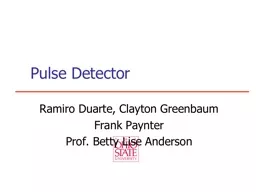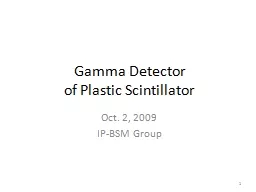PPT-Pulse Detector Ramiro Duarte, Clayton
Author : karlyn-bohler | Published Date : 2019-03-16
Greenbaum Frank Paynter Prof Betty Lise Anderson Heres what youre going to build Principle of operation An infrared beam passes through your finger You are mostly
Presentation Embed Code
Download Presentation
Download Presentation The PPT/PDF document "Pulse Detector Ramiro Duarte, Clayton" is the property of its rightful owner. Permission is granted to download and print the materials on this website for personal, non-commercial use only, and to display it on your personal computer provided you do not modify the materials and that you retain all copyright notices contained in the materials. By downloading content from our website, you accept the terms of this agreement.
Pulse Detector Ramiro Duarte, Clayton: Transcript
Download Rules Of Document
"Pulse Detector Ramiro Duarte, Clayton"The content belongs to its owner. You may download and print it for personal use, without modification, and keep all copyright notices. By downloading, you agree to these terms.
Related Documents














